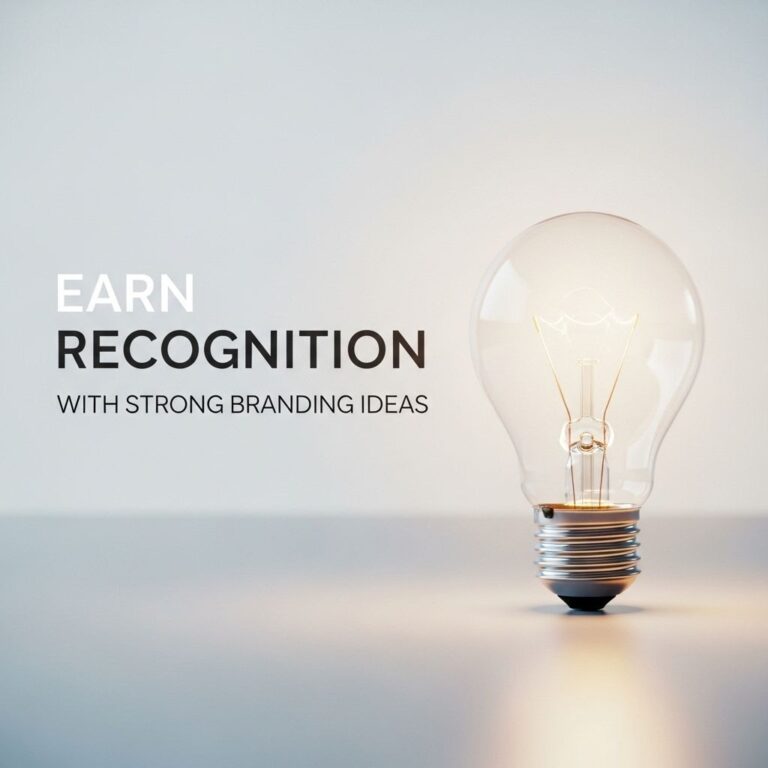Color is a powerful component of branding that can influence consumer perception and behavior. In today’s competitive marketplace, businesses must carefully select their color palettes to effectively communicate their brand identity and values. This article delves into ten compelling colors that have proven to enhance branding efforts across various industries.
Table of Contents
Understanding Color Psychology
Before we explore specific colors, it’s essential to grasp the basics of color psychology. This field of study examines how colors affect human emotions and behaviors. Different colors evoke different feelings and associations; thus, choosing the right one for your brand is crucial.
Emotional Responses to Colors
- Red: Excitement, passion, energy
- Blue: Trust, dependability, calmness
- Green: Growth, health, peace
- Yellow: Happiness, optimism, clarity
- Purple: Luxury, creativity, wisdom
- Orange: Enthusiasm, cheerfulness, warmth
- Pink: Compassion, playfulness, romance
- Brown: Reliability, stability, earthiness
- Black: Sophistication, elegance, authority
- White: Purity, simplicity, peace
1. Red: The Color of Passion
Red is often associated with energy and excitement. It can increase heart rates and create a feeling of urgency, making it an excellent choice for brands looking to evoke strong emotions. Many restaurants utilize red in their branding, as it stimulates appetite.
Brands Using Red
| Brand | Industry |
|---|---|
| Coca-Cola | Beverage |
| Target | Retail |
| Netflix | Entertainment |
2. Blue: Trust and Dependability
Blue is a favorite color for many businesses due to its association with trust, reliability, and professionalism. It often signifies calmness and serenity, making it ideal for financial institutions and tech companies.
Brands Using Blue
- IBM
- American Express
3. Green: Growth and Health
Green is synonymous with nature, renewal, and health. It is a popular choice for brands in the organic and wellness industries. Additionally, green signifies growth, making it suitable for financial and tech companies aiming to present a forward-thinking image.
Brands Using Green
| Brand | Industry |
|---|---|
| Starbucks | Coffee |
| Whole Foods | Grocery |
| Android | Technology |
4. Yellow: Optimism and Clarity
Yellow is bright and cheerful, often associated with happiness and optimism. It can grab attention quickly, which is why many brands use it to highlight key elements of their marketing.
Brands Using Yellow
- IKEA
- McDonald’s
- Best Buy
5. Purple: Luxury and Creativity
Purple embodies creativity, luxury, and spirituality. It’s often used by brands aiming to convey a sense of elegance and high-quality products. Many cosmetics and luxury goods brands incorporate purple into their branding.
Brands Using Purple
| Brand | Industry |
|---|---|
| Yahoo | Technology |
| Hallmark | Greeting Cards |
| TMobile | Telecommunications |
6. Orange: Enthusiasm and Warmth
Orange combines the energy of red and the cheerfulness of yellow. It’s a color that expresses enthusiasm and creativity, making it appealing to brands focused on youth and vitality.
Brands Using Orange
- Fanta
- Nickelodeon
- Hooters
7. Pink: Compassion and Femininity
Pink is often linked to compassion, love, and romance. It is widely used in products targeting women and young audiences, conveying a sense of playfulness and affection.
Brands Using Pink
| Brand | Industry |
|---|---|
| Victoria’s Secret | Fashion |
| Barbie | Toys |
| Cosmopolitan | Magazine |
8. Brown: Stability and Reliability
Brown represents earthiness, stability, and reliability. It is commonly used by brands that want to convey a sense of comfort and safety, especially in the food and outdoor industries.
Brands Using Brown
- UPS
- Hershey’s
- Timberland
9. Black: Sophistication and Authority
Black is often associated with sophistication, elegance, and authority. It’s a versatile color that can be used across various branding contexts, especially luxury goods and high-end services.
Brands Using Black
| Brand | Industry |
|---|---|
| Chanel | Fashion |
| Nike | Sportswear |
| Apple | Technology |
10. White: Simplicity and Purity
White represents simplicity, cleanliness, and purity. It is frequently used in industries like healthcare and technology, projecting an image of transparency and simplicity.
Brands Using White
- Apple
- Adidas
- Clean & Clear
Conclusion
Choosing the right color for your brand is not a trivial decision. Each color carries its own set of emotions and associations that can significantly impact consumer behavior. By understanding the psychology of colors, brands can create a more compelling identity that resonates with their target audience. The ten colors discussed here serve as powerful tools that can enhance branding efforts and help businesses stand out in a crowded marketplace.
FAQ
What are the most effective colors for branding?
The most effective colors for branding include blue, red, yellow, green, orange, purple, black, white, pink, and brown, each evoking specific emotions and associations.
How does the color blue affect branding?
Blue is often associated with trust, reliability, and professionalism, making it a popular choice for corporate branding, especially in finance and technology.
What emotions do warm colors like red and orange evoke?
Warm colors like red and orange are known to evoke feelings of excitement, energy, and urgency, making them effective for brands aiming to create a dynamic and engaging image.
Why is green a popular color in branding?
Green is commonly associated with nature, health, and sustainability, making it a favored choice for brands focused on environmental consciousness and well-being.
Can color impact consumer behavior?
Yes, color can significantly impact consumer behavior by influencing perceptions, emotions, and even purchasing decisions, making it a crucial element in branding strategy.
How can I choose the right color for my brand?
To choose the right color for your brand, consider your target audience, industry standards, brand values, and the emotions you want to evoke through your branding.









